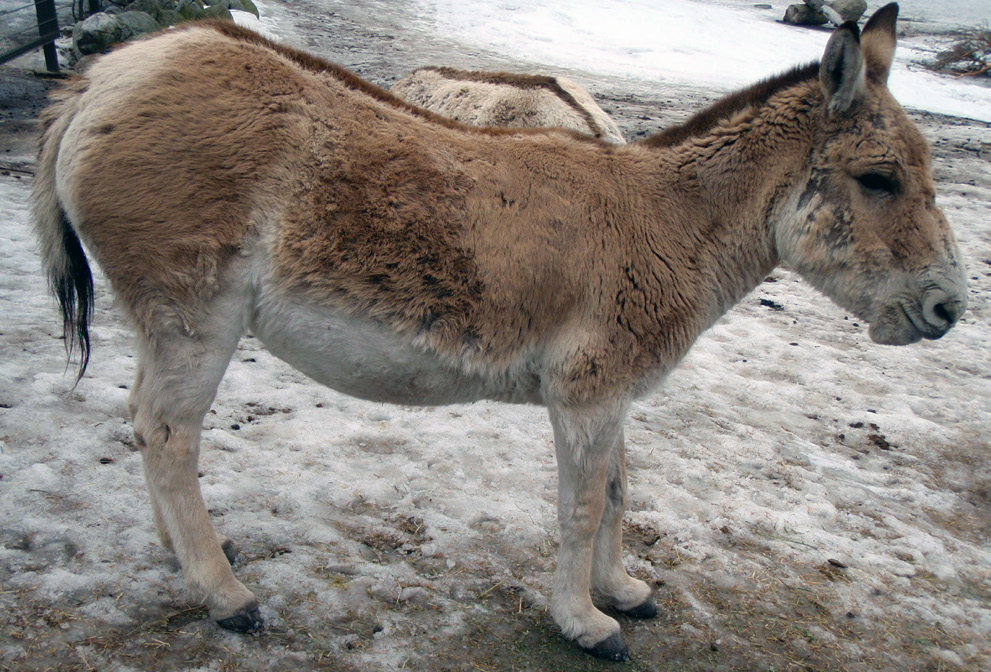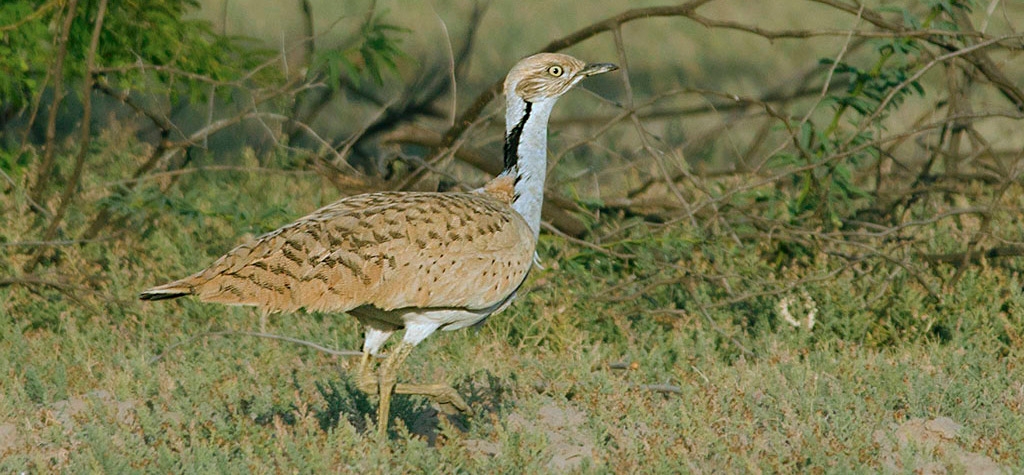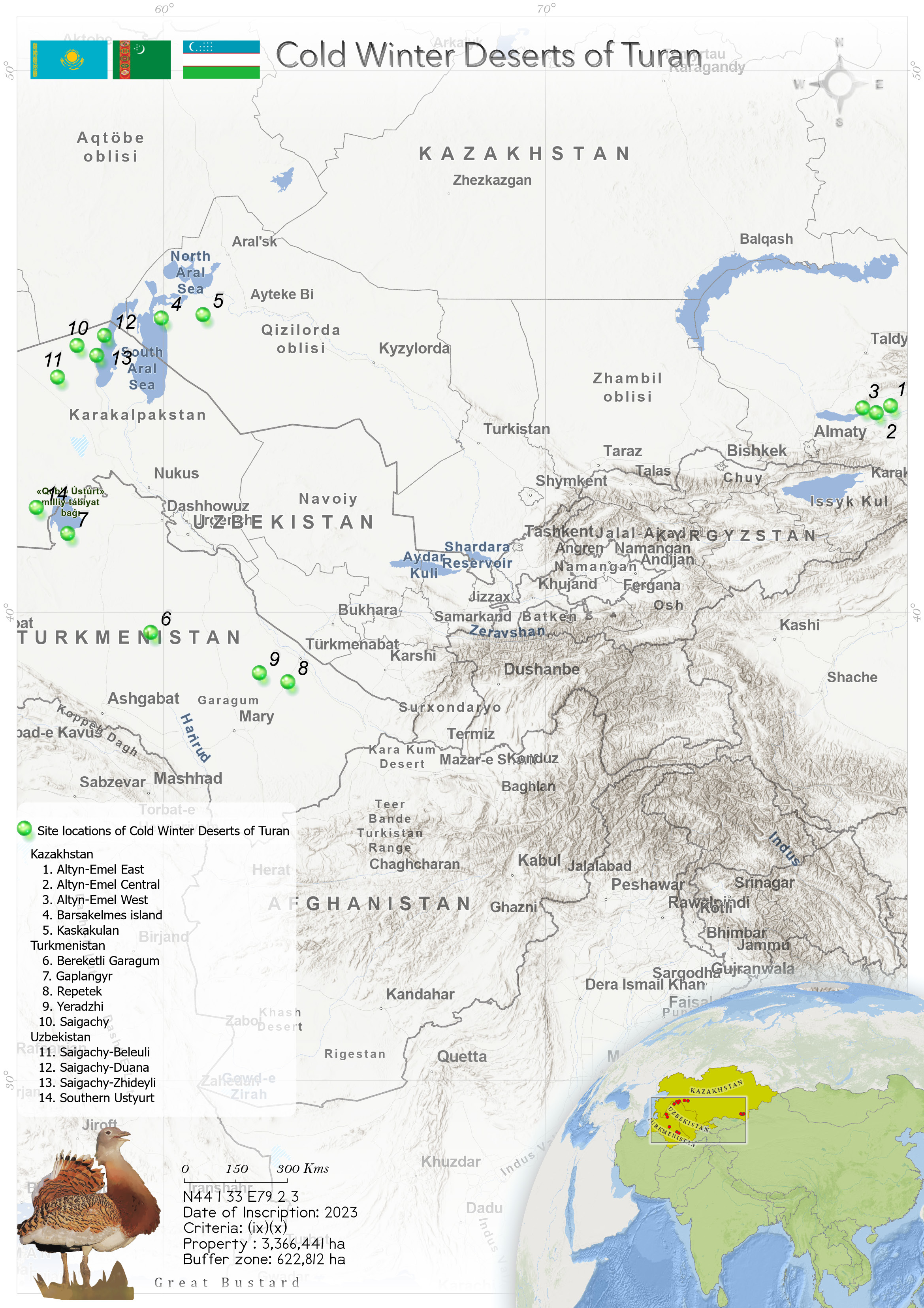
Cold Winter Deserts of Turan (1693)
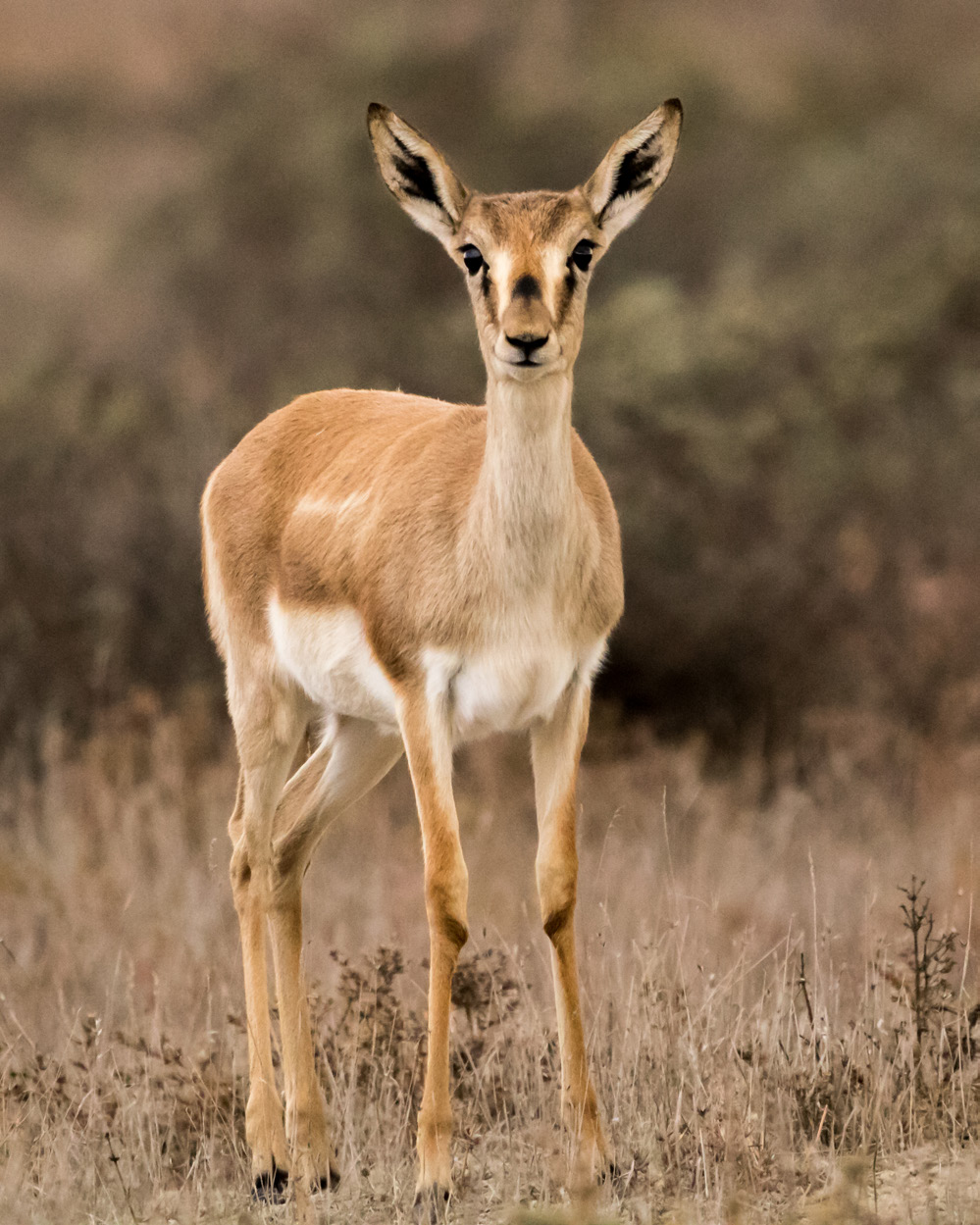 The Cold Winter Deserts of Turan inscribed as a natural World Heritage Site in 2023. It is a serial transnational property situated in Kazakhstan, Turkmenistan, and Uzbekistan. The property holds a vast area of 3,366,441 hectares, with buffer zones adding up to a total of 622,812 hectares. The property comprises 14 component parts distributed across arid areas of Central Asia’s temperate zone between the Caspian Sea and the Turanian high mountains system. The property represents the biome of cold winter deserts. The ecosystems of this biome reflect the extreme climate conditions characterized by very low precipitation and cold in winter period, strong dryness and hot in summer. The Cold Winter Deserts of Turan represent the diversity of desert ecosystems in their evolution, ecosystem functions and natural dynamic, as well as the species diversity of special adapted desert flora and fauna. The Cold Winter Deserts of Turan are the habitat of globally threatened mammals, such as Goitered Gazelle, Saiga and Urial. Further important species that occur in component parts of the property include Kulan, Snow Leopard, Marbled Polecat and Striped Hyena as well as Asian Houbara, Great Bustard, Saker Falcon, White-headed Duck, Egyptian Vulture and Steppe Tortoise. The overall threat level is low at the time of inscription, however the threats related to linear infrastructure will require close attention, including thorough monitoring and mitigation action.
The Cold Winter Deserts of Turan inscribed as a natural World Heritage Site in 2023. It is a serial transnational property situated in Kazakhstan, Turkmenistan, and Uzbekistan. The property holds a vast area of 3,366,441 hectares, with buffer zones adding up to a total of 622,812 hectares. The property comprises 14 component parts distributed across arid areas of Central Asia’s temperate zone between the Caspian Sea and the Turanian high mountains system. The property represents the biome of cold winter deserts. The ecosystems of this biome reflect the extreme climate conditions characterized by very low precipitation and cold in winter period, strong dryness and hot in summer. The Cold Winter Deserts of Turan represent the diversity of desert ecosystems in their evolution, ecosystem functions and natural dynamic, as well as the species diversity of special adapted desert flora and fauna. The Cold Winter Deserts of Turan are the habitat of globally threatened mammals, such as Goitered Gazelle, Saiga and Urial. Further important species that occur in component parts of the property include Kulan, Snow Leopard, Marbled Polecat and Striped Hyena as well as Asian Houbara, Great Bustard, Saker Falcon, White-headed Duck, Egyptian Vulture and Steppe Tortoise. The overall threat level is low at the time of inscription, however the threats related to linear infrastructure will require close attention, including thorough monitoring and mitigation action.
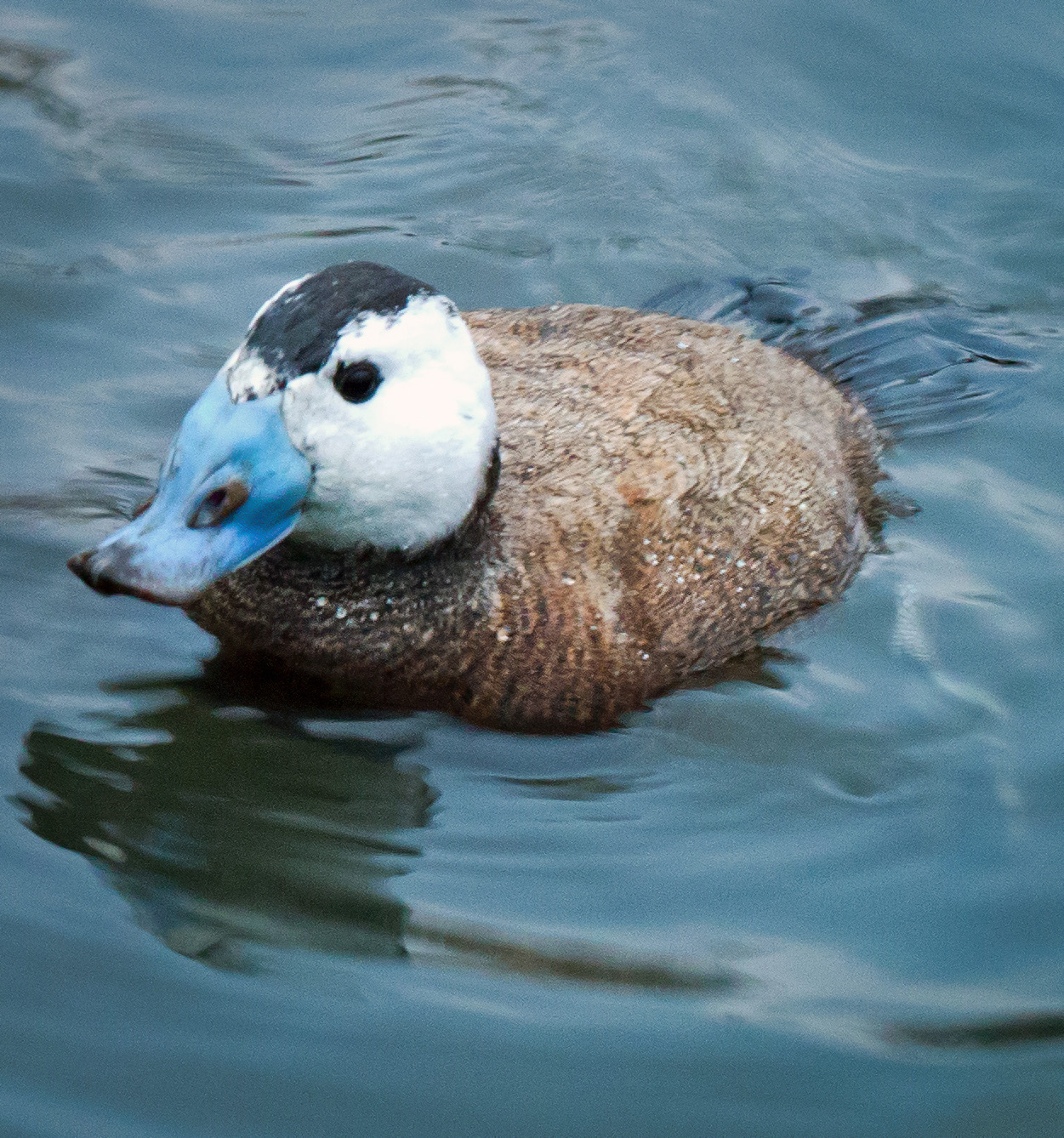 The property lies between 44°01’33” North to 79°02’03” East, covering Turan Deserts from the mountain depressions and piedmonts of Altyn-Emel to the gypsum deserts of Southern Ustyurt, spanning a distance of more than 1,500 kilometres from East to West. The on-going ecological and biological processes in the evolution and development of the nominated desert ecosystems are demonstrated by the diversity of desert communities, and the adaptation strategies of the species that comprise them to the extreme climatic conditions. These communities correspond with the different soil types and microclimatic and environmental conditions, with multiple subtypes occurring within and across components to encompass the broad range of desert types across Central Asia. The component parts of the proposed transnational World Heritage Site Cold Winter Deserts of Turan reflect the diversity of geomorphological types of deserts as an outcome of ongoing processes of land surface formation.
The nominated property includes diversity hotspots for plant genera that are representative of the specific desert assemblages across the entire region. It hosts threatened mammals such as the above-mentioned Kulan (Equus hemionus kulan; NT), Goitered Gazelle (Gazella subgutturosa; VU), Urial (Ovis vignei arkal; VU), and Saiga (Saiga tatarica; CR) as well as other desert-adapted mammal species of special conservation interest. The nominated component parts of the property also serve as important areas for breeding and migration of birds, with 15 Near- Threatened (NT), ten Vulnerable (VU), five Endangered (EN) and two Critically Endangered (CR) bird species documented.
The property lies between 44°01’33” North to 79°02’03” East, covering Turan Deserts from the mountain depressions and piedmonts of Altyn-Emel to the gypsum deserts of Southern Ustyurt, spanning a distance of more than 1,500 kilometres from East to West. The on-going ecological and biological processes in the evolution and development of the nominated desert ecosystems are demonstrated by the diversity of desert communities, and the adaptation strategies of the species that comprise them to the extreme climatic conditions. These communities correspond with the different soil types and microclimatic and environmental conditions, with multiple subtypes occurring within and across components to encompass the broad range of desert types across Central Asia. The component parts of the proposed transnational World Heritage Site Cold Winter Deserts of Turan reflect the diversity of geomorphological types of deserts as an outcome of ongoing processes of land surface formation.
The nominated property includes diversity hotspots for plant genera that are representative of the specific desert assemblages across the entire region. It hosts threatened mammals such as the above-mentioned Kulan (Equus hemionus kulan; NT), Goitered Gazelle (Gazella subgutturosa; VU), Urial (Ovis vignei arkal; VU), and Saiga (Saiga tatarica; CR) as well as other desert-adapted mammal species of special conservation interest. The nominated component parts of the property also serve as important areas for breeding and migration of birds, with 15 Near- Threatened (NT), ten Vulnerable (VU), five Endangered (EN) and two Critically Endangered (CR) bird species documented.
Criterion (ix)
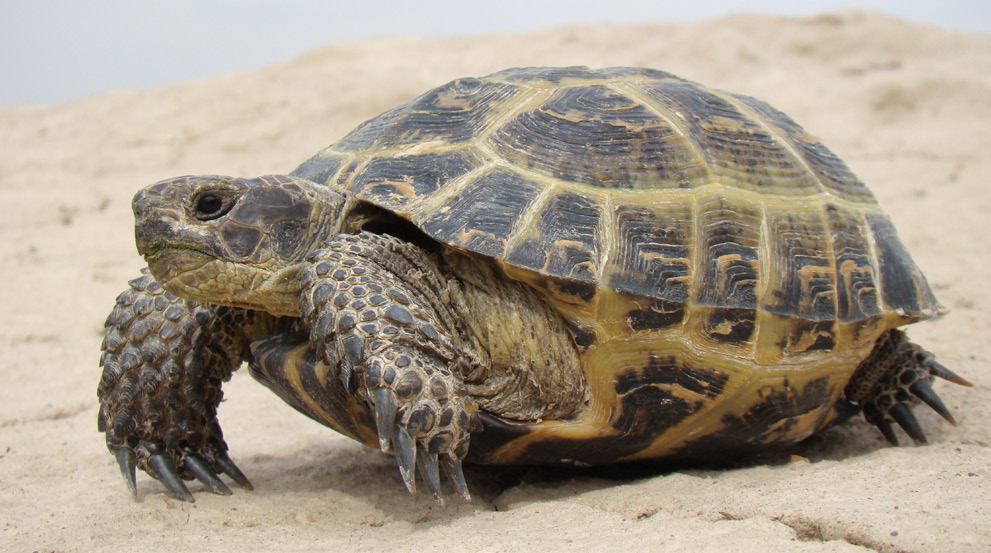 The proposed serial property represents the cold winter deserts as an outstanding example of evolution and adaptation of terrestrial ecosystems to extreme climate conditions and of the development of survival strategies of plants and animals as ongoing ecological and biological processes. The selected series includes diverse geomorphological desert types, which are reflected by different ecosystems, such as saxaul woodland, sagebrush, saltwort, psammophytic and solonchak deserts. Taxonomic diversification and morphological convergence of plants are significant ongoing biological processes. Primary successions on virgin land of previous sea bottom are ongoing ecological processes of colonizing hostile land areas. Saxaul woodland demonstrates the ability of desert ecosystems for ongoing carbon sequestration and storage. Morphological, physiological and behavioral adaptations ensure survival of animal life, and seasonal migrations of large mammals are a fundamental ongoing process within the cold winter deserts of Turan.
The proposed serial property represents the cold winter deserts as an outstanding example of evolution and adaptation of terrestrial ecosystems to extreme climate conditions and of the development of survival strategies of plants and animals as ongoing ecological and biological processes. The selected series includes diverse geomorphological desert types, which are reflected by different ecosystems, such as saxaul woodland, sagebrush, saltwort, psammophytic and solonchak deserts. Taxonomic diversification and morphological convergence of plants are significant ongoing biological processes. Primary successions on virgin land of previous sea bottom are ongoing ecological processes of colonizing hostile land areas. Saxaul woodland demonstrates the ability of desert ecosystems for ongoing carbon sequestration and storage. Morphological, physiological and behavioral adaptations ensure survival of animal life, and seasonal migrations of large mammals are a fundamental ongoing process within the cold winter deserts of Turan.
Criterion (x)
The cold winter deserts of Turan include diversity hotspots of Chenopodiaceae and plant genera of different families like Artemisia, Calligonum, Salsola, Zygophyllum or Limonium including high share of endemic species. The serial hosts very specific flora and fauna. The cold winter deserts of Turan are the habitat of few global threatened mammals like kulan (Equus hemionus kulan), goitered gazelle (Gazella subgutturosa), saiga antelope (Saiga tatarica) and urial (Ovis vignei arkal). They host numerous breeding birds, and contain important resting places of migrating bird species. The herpetofauna and insect fauna of the cold winter deserts is characterized by very specific representatives.
Status
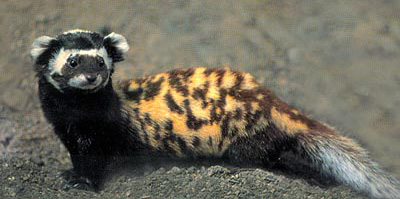 The component parts of the property are comprised of protected areas of various IUCN categories, owned by the nominating States Parties, and each with relevant legal protection under the respective legal frameworks within their countries. The three component parts of the Altyn Emel cluster in Kazakhstan are encompassed by the Altyn-Emel National Park, while another two components are part of Barsakelmes State Nature Reserve. The component parts in Turkmenistan are fully covered by Nature Sanctuaries and State Nature Reserves. In Uzbekistan, the Southern Ustyurt component part corresponds with the Southern Ustyurt National Park whilst the component parts of Saigachy-Duana, Saigachy- Zhidely and Saigachy-Beleuli are covered by the Saigachy complex (landscape) reserve, which is managed as a wilderness area.
This is indeed significant as the nominated component parts between Uzbekistan and Turkmenistan, in particular, either encompass (e.g. Lake Sarykamysh) or adjoin important wetlands which are vital for the migration routes given the scarcity of water sources in the region.
The component parts of the property are comprised of protected areas of various IUCN categories, owned by the nominating States Parties, and each with relevant legal protection under the respective legal frameworks within their countries. The three component parts of the Altyn Emel cluster in Kazakhstan are encompassed by the Altyn-Emel National Park, while another two components are part of Barsakelmes State Nature Reserve. The component parts in Turkmenistan are fully covered by Nature Sanctuaries and State Nature Reserves. In Uzbekistan, the Southern Ustyurt component part corresponds with the Southern Ustyurt National Park whilst the component parts of Saigachy-Duana, Saigachy- Zhidely and Saigachy-Beleuli are covered by the Saigachy complex (landscape) reserve, which is managed as a wilderness area.
This is indeed significant as the nominated component parts between Uzbekistan and Turkmenistan, in particular, either encompass (e.g. Lake Sarykamysh) or adjoin important wetlands which are vital for the migration routes given the scarcity of water sources in the region.
